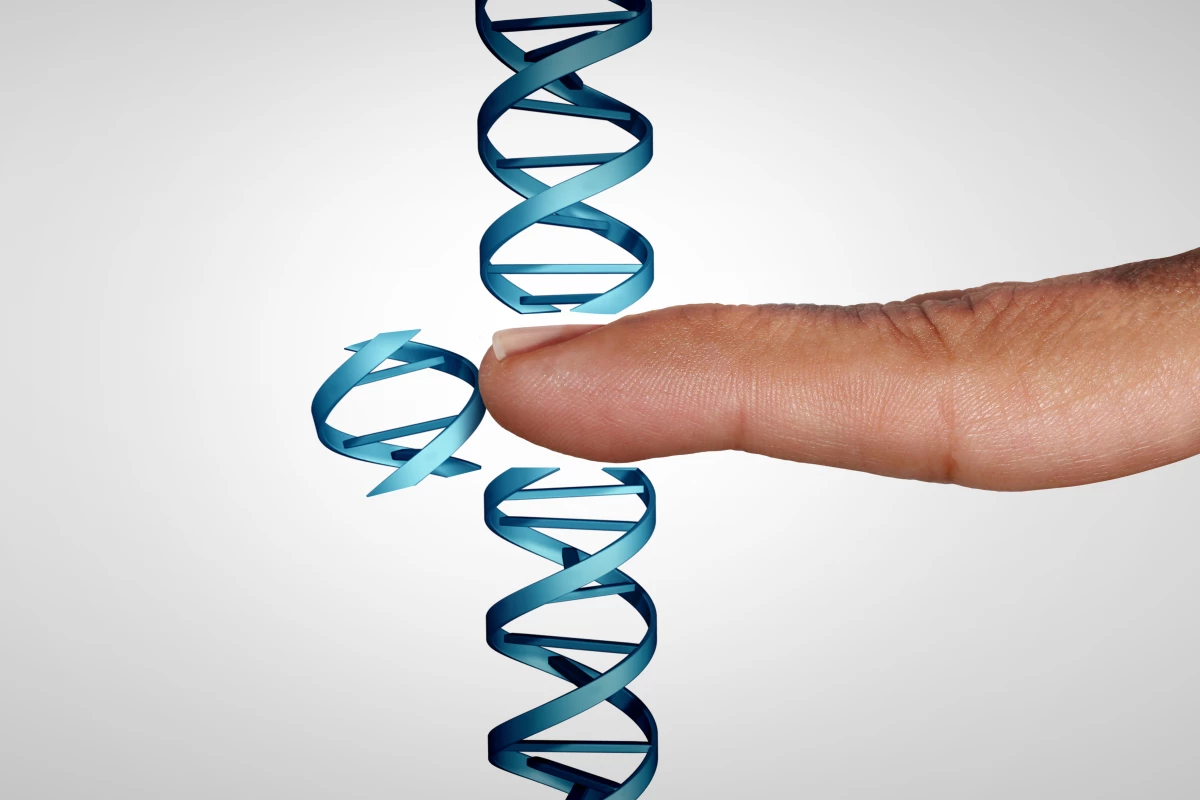A rare genetic disease that renders children without a functioning immune system from birth has been effectively cured by an experimental gene therapy. A new study is reporting on the first 10 children treated with the therapy, all of whom are now healthy and living normal lives.
Severe combined immunodeficiency (SCID) is a collection of genetic diseases that result in impaired immune functions. The condition is informally known as the "bubble-boy" disease, following the infamous case of a child with SCID who spent 12 years of his life living isolated from the world in a protective bubble.
There are eight different types of SCID, each the result of a different genetic mutation. The two most common forms of SCID – X-SCID and ADA-SCID – have been successfully treated with an experimental gene therapy where a patient's bone marrow stem cells are harvested, modified with a healthy copy of the targeted gene, and then infused back into their bodies.
Over the last decade researchers have seen extraordinary success treating these common forms of SCID with gene therapy. Trials have seen nearly 100% response rates, however, long-term safety concerns have slowed the treatment's path to clinical use.
This form of gene therapy uses a modified virus to deliver its healthy gene payload. In the past that viral vector was a retrovirus but because those viruses can only enter a cell's nuclei when it's dividing they can potentially generate adverse side effects. Over long periods of time some gene therapy trials using this viral vector have detected cancerous side effects.
So more recently many researchers have shifted to using modified lentiviruses as the optimal viral vector for gene therapies. These viruses can enter the nuclei of non-dividing cells meaning they should be safer and more effective.
In 2021 a long-term follow-up study tracking 50 children with ADA-SCID treated with lentiviral gene therapy found every subject was alive and healthy three years later. All but two children were essentially cured of their immunodeficiency.
A new study is now reporting on the success of the lentiviral gene therapy in a very rare form of SCID known as Artemis-SCID, or ART-SCID. This form of SCID is relatively rare and particularly difficult to treat. Children with ART-SCID are less likely to respond well to conventional SCID treatments such as bone marrow transplants.
The new research reports on the first 10 ART-SCID children treated with the experimental gene therapy. Over two years after the initial treatment all 10 children are reported as healthy and living normal lives.
The first child enrolled in the trial and treated with the experimental therapy back in 2018 is now completely cured. Laverne Shorty, grandmother to "HT", said her grandson is now living a healthy, regular life.
“He’s not sick anymore," said Shorty. "He discarded all of his medication. He’s happy and he’s growing to be a young man.”
Half of the cohort reached full T cell and B cell immunity by 24 months, meaning they discontinued any ongoing SCID treatments and could safely receive childhood vaccinations. Jennifer Puck, co-lead investigator on the study, said all 10 ART-SCID patients treated with the gene therapy responded well to the treatment.
“All of the results are better than those previously seen with Artemis-SCID patients who received donor bone marrow transplants,” said Puck. “Having patients in the trial achieve full T-cell immunity is outstanding. B-cell recovery takes longer, but so far it looks as if the patients also have a far better chance for B-cell reconstitution than they would with a regular bone marrow transplant. Successfully using less chemotherapy is also a big win, minimizing the harmful side effects of full dose busulfan in small infants.”
These cohorts are still small, and further larger trials will be needed before the therapy becomes widely available. But the results are extraordinarily promising, pointing to a future where this devastating genetic disease can be effectively cured soon after birth.
The new study was published in The New England Journal of Medicine.
Source: UCSF




